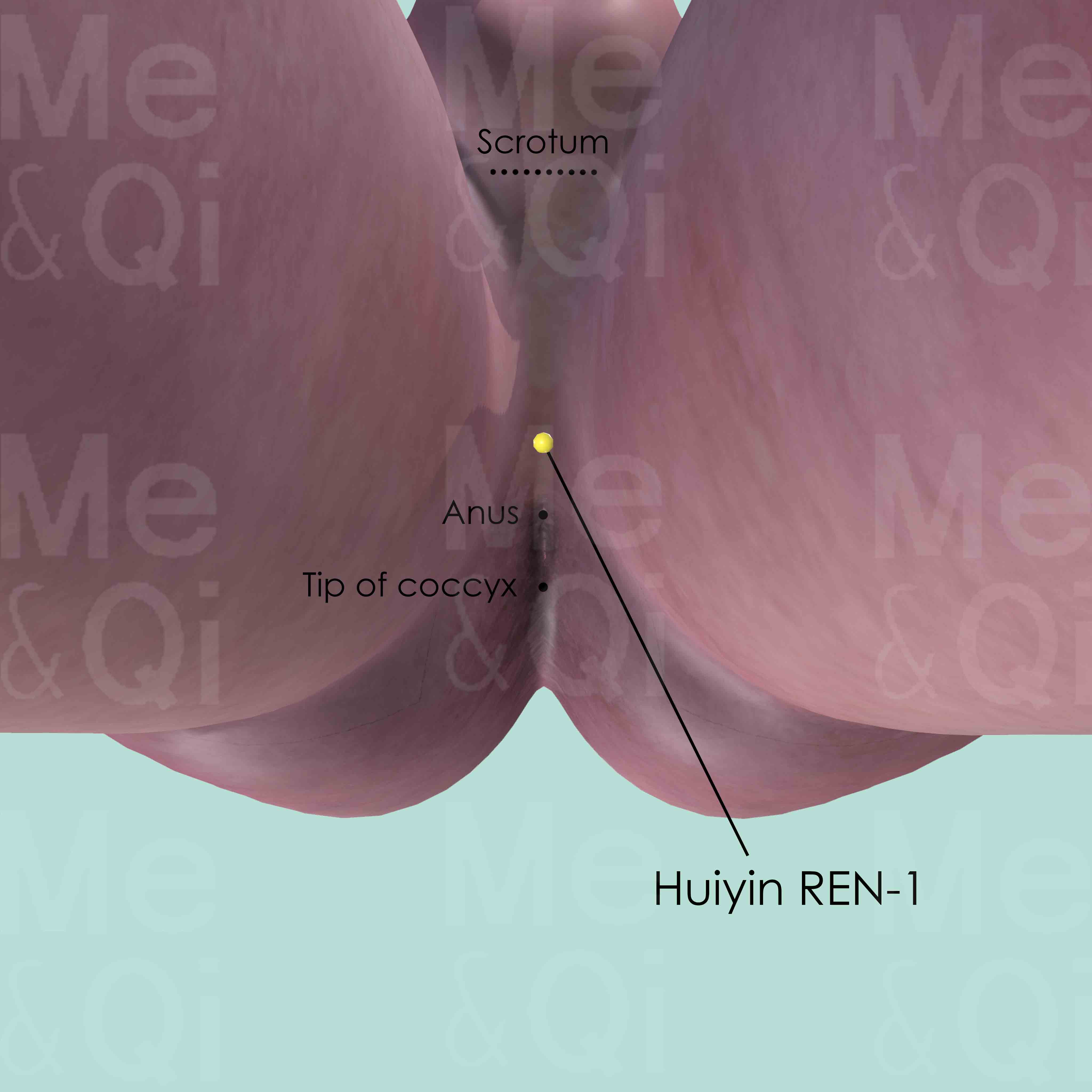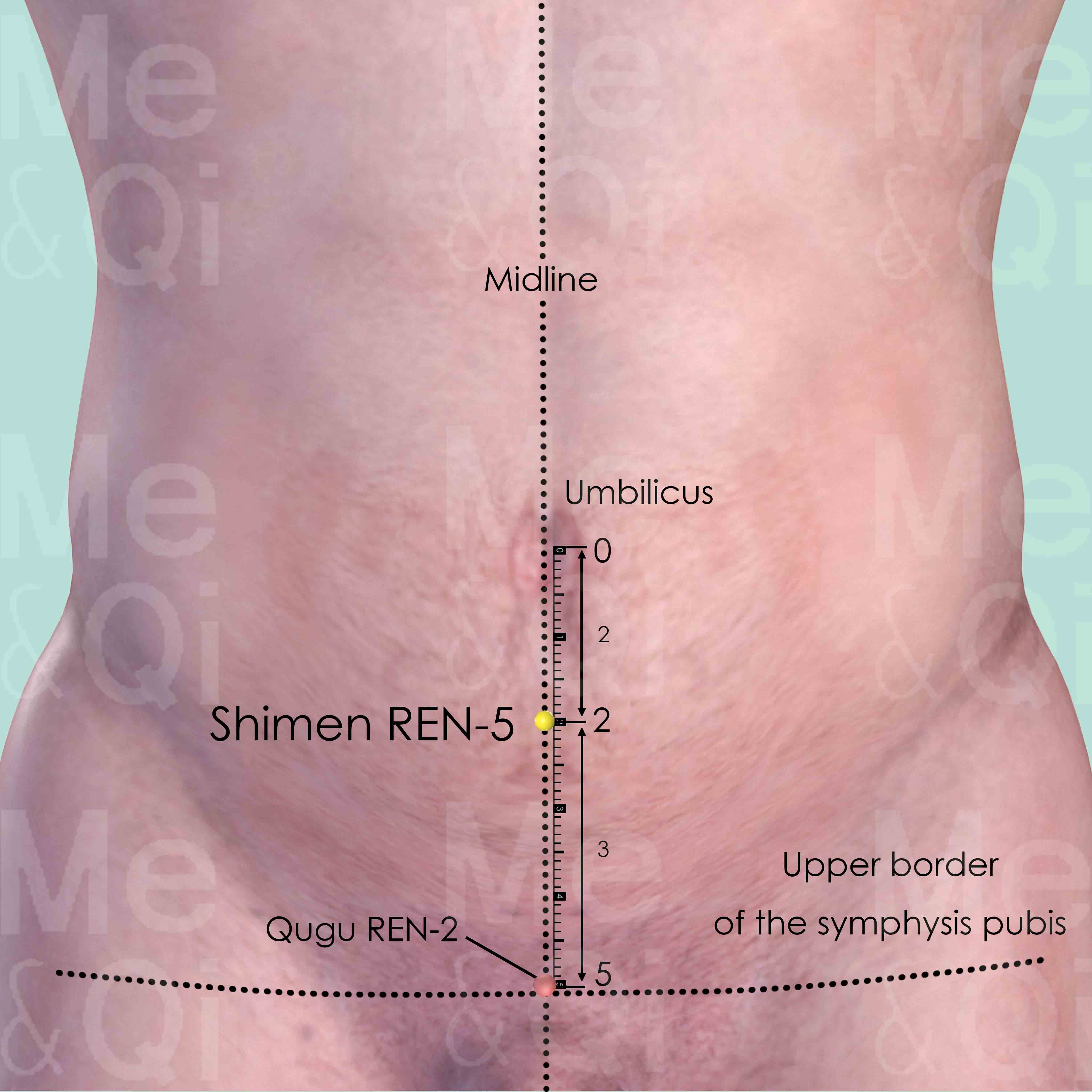Swollen Vulvaaccording to TCM
Symptom family: Gynecological Conditions
Did you mean? Vaginal Swelling
What is Swollen Vulva?
A swollen vulva encompasses conditions where the vulvar region becomes enlarged and inflamed, causing discomfort and affecting the quality of life. This symptom can be the result of various factors such as infections, allergic reactions, or underlying medical conditions. The impact of a swollen vulva varies, but it often interferes with daily activities and requires medical attention to alleviate discomfort and address the cause. Identifying the underlying reason is essential for effective management and relief, highlighting the need for comprehensive medical evaluation.
How does TCM view Swollen Vulva?
Traditional Chinese Medicine (TCM) offers a unique perspective on the swollen vulva, viewing it not merely as an isolated symptom but as a manifestation of imbalance within the body's energy systems. In contrast to Western medical approaches that might focus on the symptom directly, TCM seeks to understand the root causes of imbalance, such as Qi Deficiency, Dampness, Heat, or Stagnation, that could manifest in the Liver or Kidney Channels.
This holistic approach underlines the importance of a tailored diagnosis and treatment plan, emphasizing that effective care for a swollen vulva necessitates identifying and correcting the specific pattern of disharmony affecting the individual.
Acupoints for Swollen Vulva
In addressing swollen vulva, TCM recommends several acupoints along the Liver Channel and the Directing Vessel, aiming to restore balance and alleviate the condition's underlying causes. For example, Dadun LIV-1, found on the lateral side of the great toe, is utilized for its capacity to regulate Qi in the Lower Burner and resolve Damp-Heat in the genitourinary system, which can be particularly beneficial for menstrual irregularities and associated vulvar swelling. Similarly, Ligou LIV-5, located above the medial malleolus, serves to invigorate Liver Qi and clear Damp-Heat, further supporting genitourinary health.
Another key point, Taichong LIV-3, positioned between the first and second metatarsal bones, plays a multifaceted role by subduing Liver Yang, clearing Interior Wind, and invigorating Liver Qi and Blood. Its ability to calm the mind and relieve spasms offers a holistic benefit that extends beyond the physical symptoms. Additionally, Huiyin REN-1 and Shimen REN-5, located in the perineum and on the abdomen respectively, are pivotal in regulating genitalia, clearing Dampness, and strengthening the body's Original Qi. Through the careful selection of these acupoints, TCM practitioners aim to address the varied and complex patterns of disharmony that can lead to a swollen vulva, showcasing the depth of TCM's approach to healing and symptom management.
Explore below some acupoints used to address swollen vulva, organized by meridian.
- By Meridian
- Liver Channel
- Directing Vessel
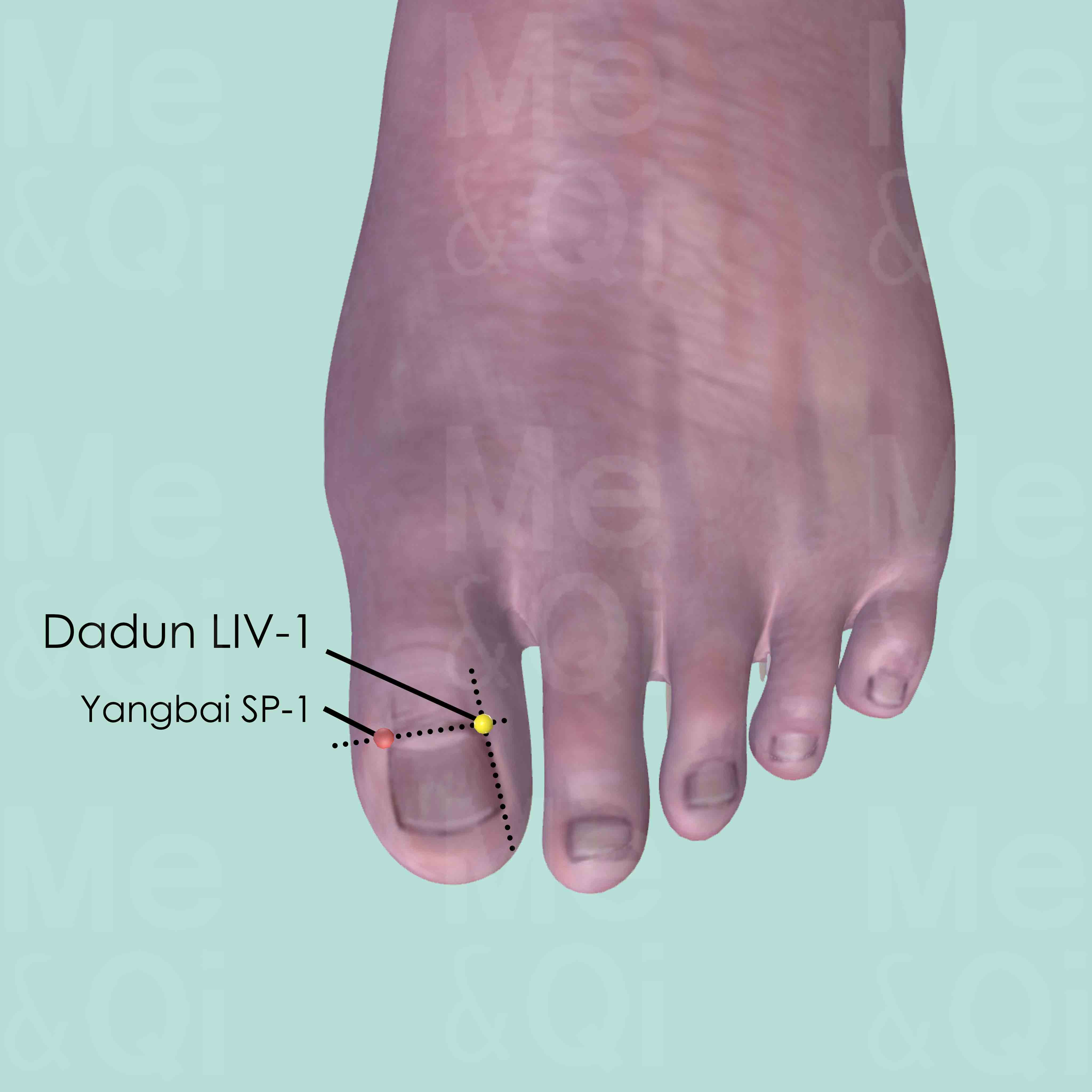
Dadun LIV-1
On the lateral side of the dorsum of the great toe terminal phalanx, between the lateral corner of the nail and interphalangeal joint.
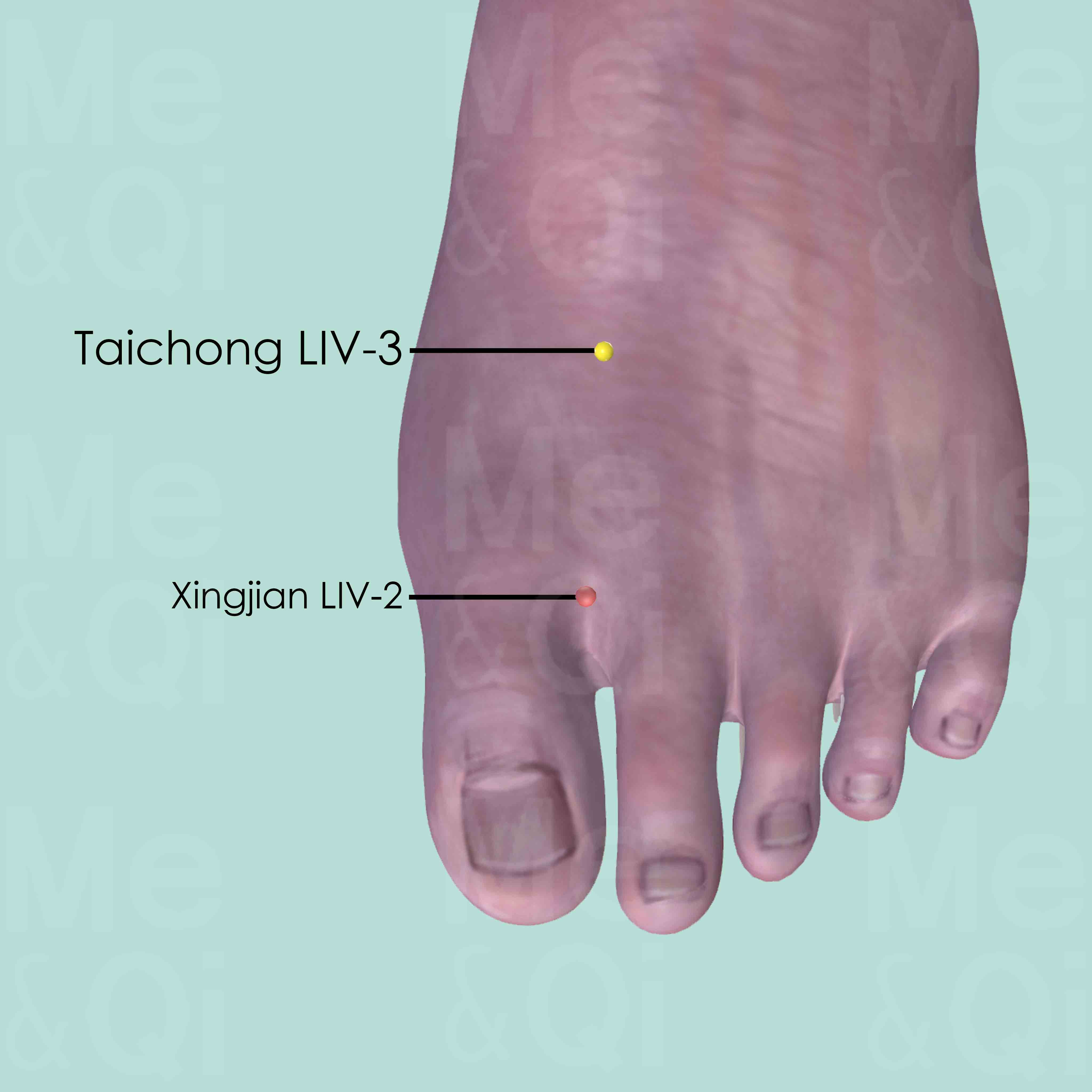
Taichong LIV-3
On the dorsum of the foot, between the 1st and 2nd metatarsal bones, in the depression proximal to the metatarsophalangeal joints and the proximal angle between the two bones.
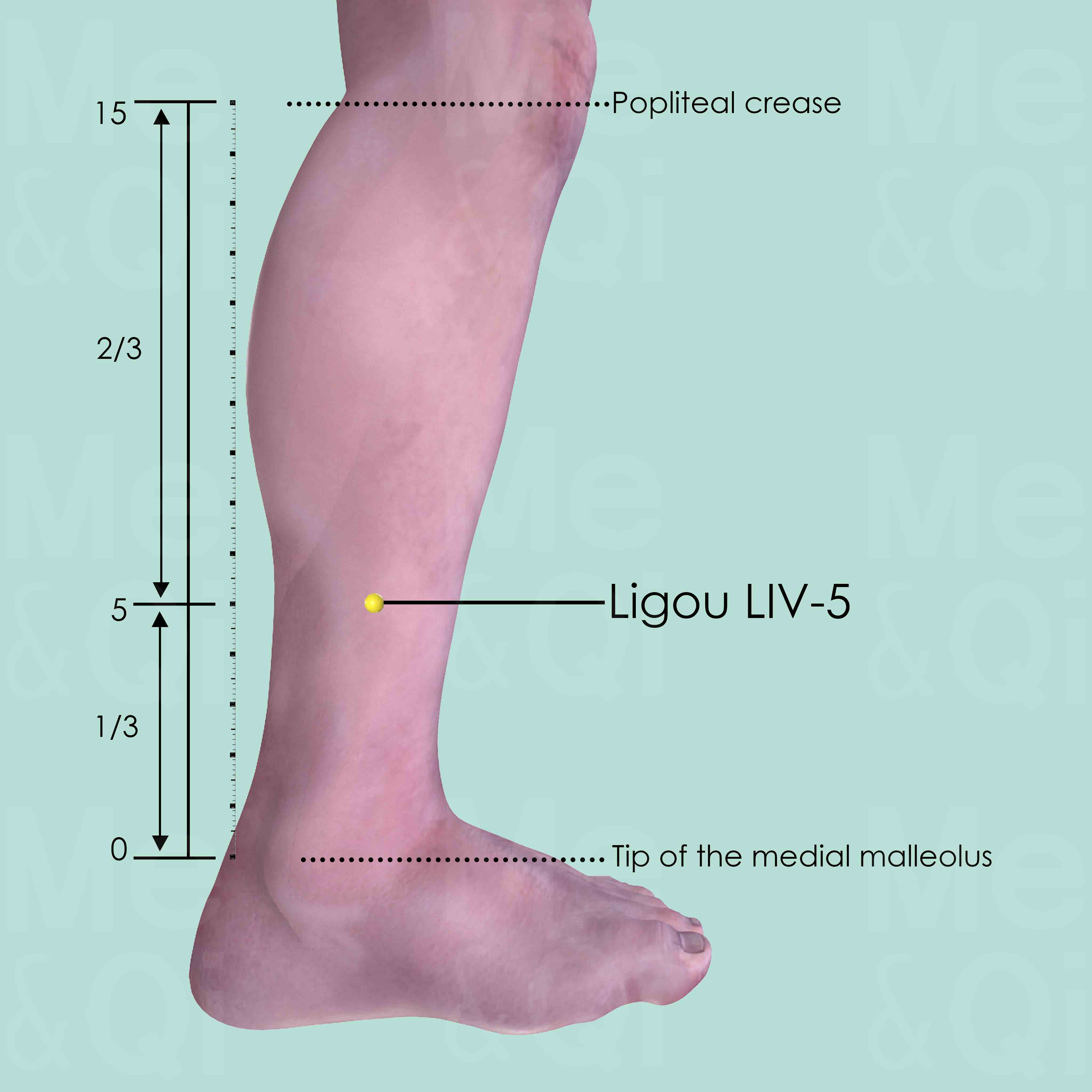
Ligou LIV-5
5 cun above the tip of the medial malleolus, on the medial aspect and posterior to the medial crest of the tibia.

